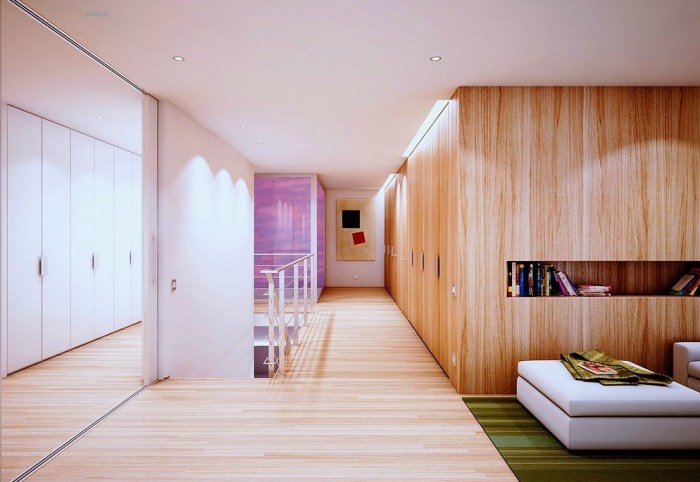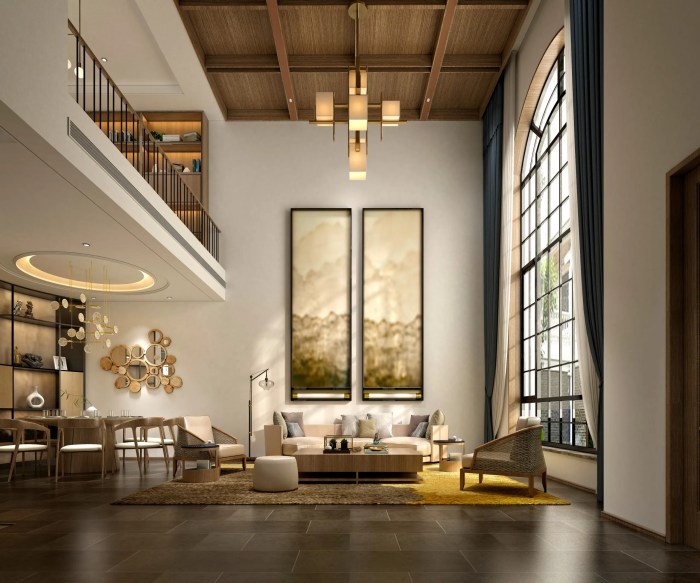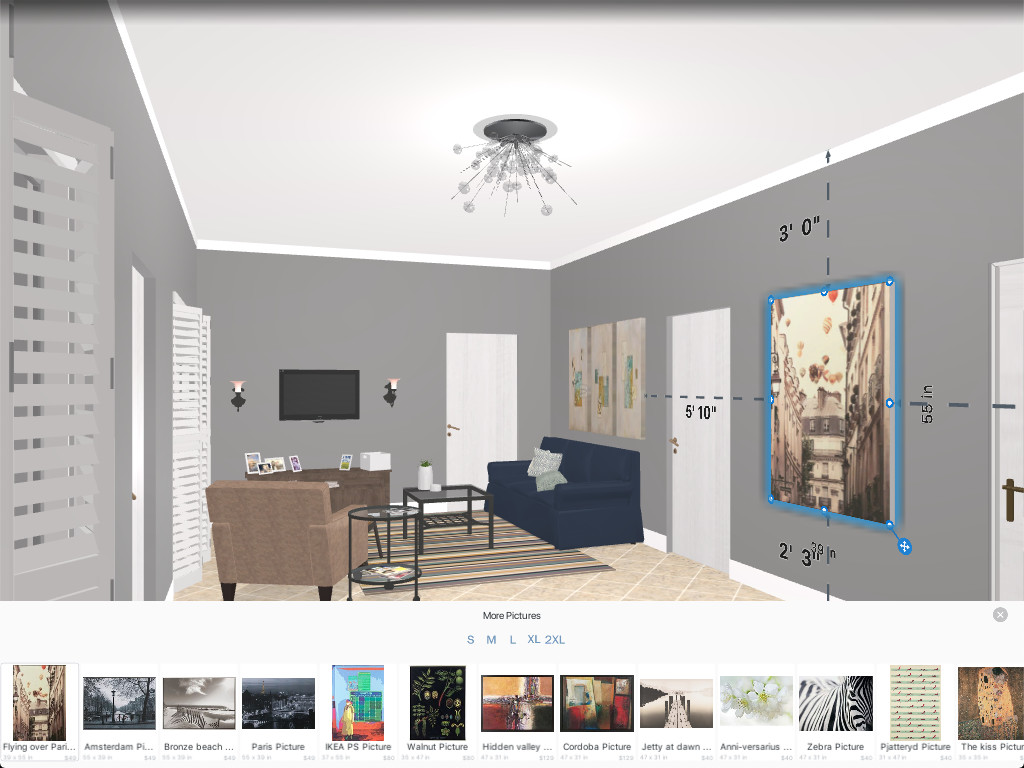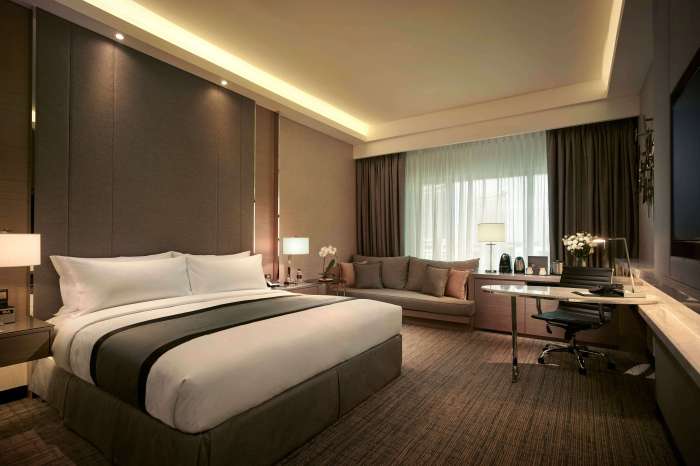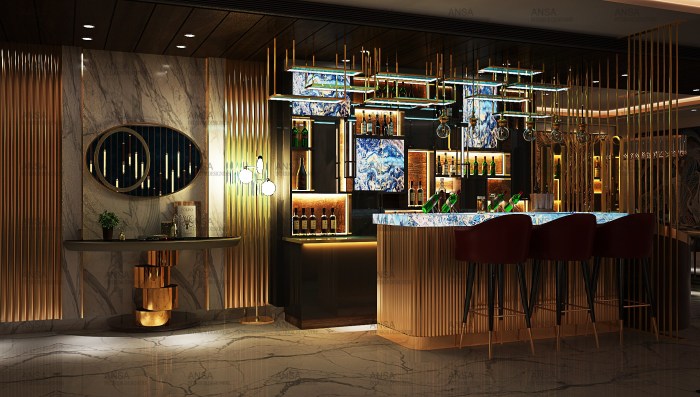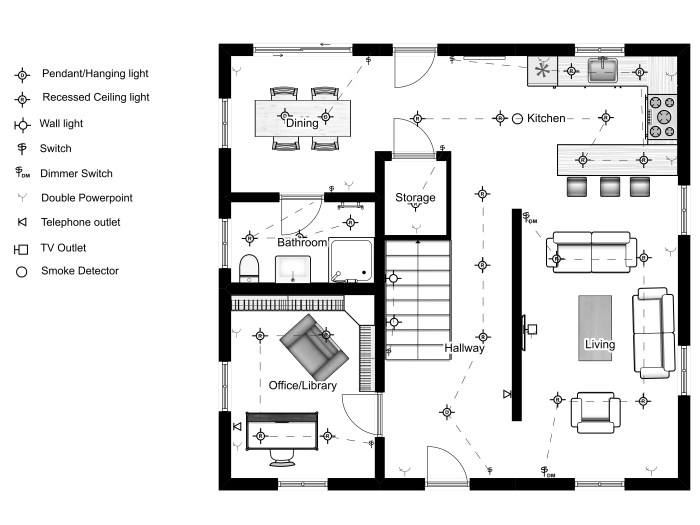Step into the world of classic interior design, where timeless elegance meets modern sophistication. From the core principles to the intricate details, this guide is your key to unlocking the secrets of creating a truly captivating space.
Delve into the essence of classic interior design as we explore the key elements that define this exquisite style.
Definition of Classic Interior Design
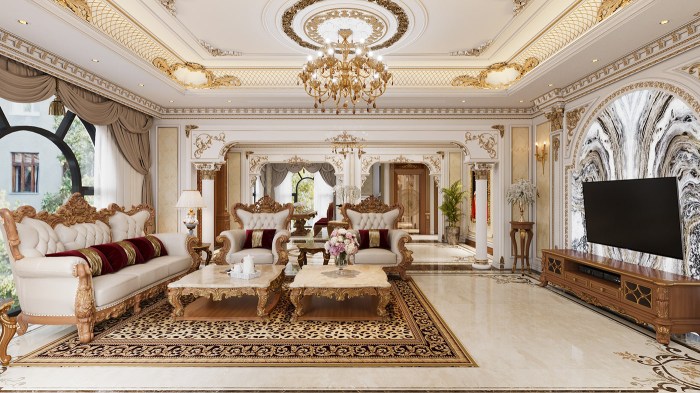
Classic interior design is a timeless style that draws inspiration from the past, incorporating elegant and luxurious elements to create a sophisticated and refined space. The core principles of classic interior design emphasize symmetry, balance, and attention to detail, resulting in a sense of harmony and opulence.
Key Characteristics of Classic Interior Design
Classic interior design is characterized by:
- Symmetry: Symmetrical arrangements of furniture, decor, and architectural elements create a sense of balance and formality in classic interiors.
- Elegant Furnishings: Classic interior design features high-quality, luxurious furnishings with intricate details and craftsmanship, such as ornate woodwork, plush upholstery, and fine fabrics.
- Rich Colors: Deep, warm colors like burgundy, navy, forest green, and gold are commonly used in classic interior design to evoke a sense of luxury and sophistication.
- Timeless Patterns: Classic patterns like damask, toile, stripes, and florals add a traditional and elegant touch to classic interiors.
- Ornate Details: Ornate moldings, chandeliers, ceiling medallions, and decorative accents are key elements in classic interior design, adding a sense of grandeur and sophistication.
Color Schemes in Classic Interior Design
When it comes to classic interior design, color schemes play a crucial role in setting the tone and ambiance of a space. Traditional color palettes are often used to evoke a sense of elegance, sophistication, and timelessness.
Traditional Color Palettes
In classic interior design, traditional color palettes often include rich tones such as deep reds, blues, greens, and golds. Neutral colors like cream, beige, and brown are also commonly used to create a sense of warmth and balance.
- Rich Tones: Deep reds, blues, greens, and golds add a touch of luxury and opulence to a classic interior.
- Neutral Colors: Cream, beige, and brown serve as a calming backdrop and help highlight the richness of other hues in the space.
Impact of Colors
Colors can greatly impact the overall feel of a classic interior. Deep, rich tones can create a sense of drama and sophistication, while neutrals can provide a sense of tranquility and timelessness. It is essential to choose colors that complement each other and the style of the space.
- Creating Drama: Darker hues like deep reds and blues can add a sense of drama and grandeur to a room, perfect for creating a formal and elegant setting.
- Adding Tranquility: Neutral colors such as cream and beige can help create a peaceful and harmonious atmosphere, ideal for relaxation and comfort.
Tips for Choosing and Combining Colors
When selecting and combining colors in classic interior design, consider the following tips:
- Start with a Base: Choose a neutral color as a base and build your color scheme around it.
- Use Accent Colors: Add pops of rich tones as accent colors to create visual interest and depth.
- Consider the Mood: Think about the mood you want to evoke in the space and select colors accordingly.
- Balance Warm and Cool Tones: Mix warm and cool tones to create a harmonious and inviting atmosphere.
Furniture and Decor in Classic Interior Design
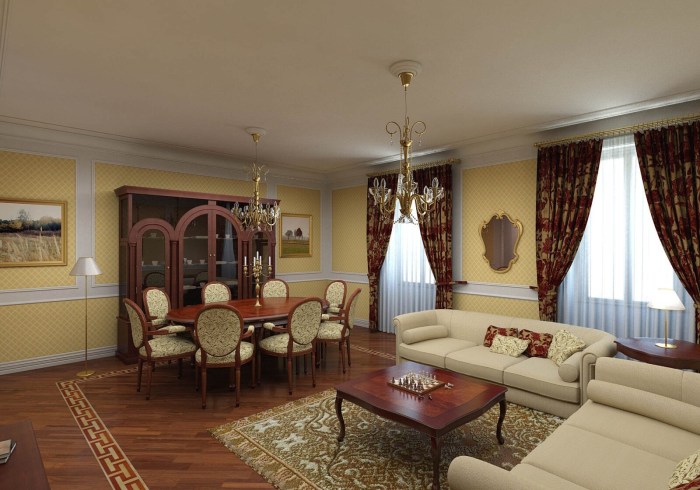
Classic interior design is characterized by elegant and timeless furniture pieces and decor elements that exude sophistication and luxury. Incorporating classic furniture and decor into your home can elevate the overall aesthetic and create a sense of timeless elegance.
Common Furniture Pieces in Classic Interior Design
- 1. Chandeliers: Chandeliers are a staple in classic interior design, adding a touch of glamour and grandeur to any room. Opt for crystal or brass chandeliers for a truly luxurious feel.
- 2. Antique Furniture: Incorporating antique furniture pieces, such as ornate wooden cabinets, intricately carved tables, and upholstered chairs, can add character and charm to your space.
- 3. Ornate Mirrors: Large, ornate mirrors with intricate frames are commonly used in classic interior design to create a sense of space and reflect light, making the room appear more spacious and elegant.
Incorporating Timeless Pieces
- When incorporating classic furniture and decor elements into your home, it's important to strike a balance between traditional and contemporary styles. Mix classic pieces like chandeliers and antique furniture with modern elements to create a harmonious and sophisticated look.
- Consider pairing a vintage chandelier with sleek, modern furniture to create a striking contrast that highlights the beauty of both styles.
- Use ornate mirrors to add depth and visual interest to a minimalist space, creating a perfect blend of classic and contemporary design elements.
Patterns and Textures in Classic Interior Design
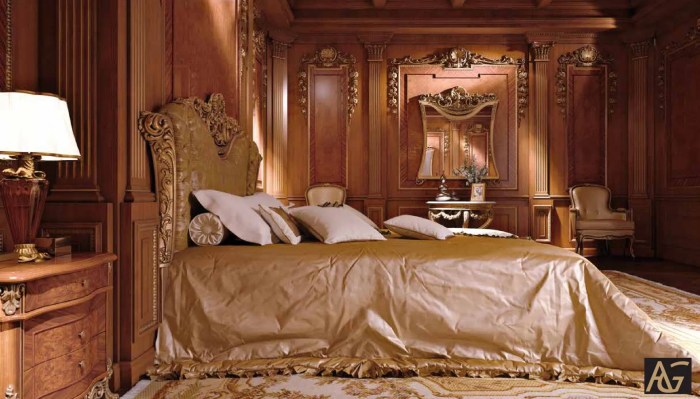
Classic interior design often incorporates a variety of patterns and textures to add depth, visual interest, and elegance to a space. By carefully selecting and layering different patterns and textures, designers can create a cohesive and timeless look that defines the classic style.
Use of Patterns in Classic Interior Design
Patterns such as damask, floral, and toile are commonly used in classic interiors to add a touch of sophistication and charm. Damask patterns, with their intricate designs, often adorn wallpapers, upholstery, and draperies, creating a sense of luxury. Floral patterns bring a sense of nature indoors, adding a soft and romantic feel to the space.
Toile patterns, typically depicting pastoral scenes, can be used on fabrics or wallpaper to create a traditional and elegant look.
Role of Textures in Classic Design
Textures like silk, velvet, and brocade play a crucial role in classic interior design by adding richness and tactile appeal to the space. Silk fabrics reflect light beautifully and add a touch of luxury to curtains, pillows, or upholstery. Velvet, with its soft and plush feel, adds warmth and depth to furniture pieces like sofas or chairs.
Brocade, a rich fabric with raised patterns, brings a sense of opulence and sophistication to draperies or bedding.
Layering Patterns and Textures for a Cohesive Look
To achieve a cohesive classic look, designers often layer different patterns and textures thoughtfully throughout the space. For example, a room might feature a damask wallpaper paired with floral upholstery and silk curtains, creating a harmonious blend of patterns and textures.
Mixing different textures like velvet pillows on a silk sofa or brocade draperies against a toile wallpaper can add depth and visual interest without overwhelming the space. By carefully balancing and coordinating patterns and textures, designers can create a timeless and elegant classic interior design.
Architectural Details in Classic Interior Design
Classic interior design often incorporates architectural details to add elegance and sophistication to a space. Elements such as crown molding, wainscoting, and coffered ceilings play a crucial role in enhancing the overall aesthetic of a room. These details can be traced back to historical architectural styles like Georgian, Victorian, or French Rococo, influencing the design choices in classic interiors.
Significance of Architectural Elements
Architectural elements like crown molding, wainscoting, and coffered ceilings serve as intricate details that elevate the charm of classic interior design. Crown molding, for example, adds a touch of luxury to a room by creating a visual transition between the walls and the ceiling.
Wainscoting, on the other hand, not only adds texture and depth but also provides a sense of refinement to the space. Lastly, coffered ceilings offer architectural interest and dimension, making the room appear more spacious and grand.
Highlighting Architectural Details
- Use contrasting colors to make architectural elements stand out.
- Ensure proper lighting to accentuate the details and create a focal point in the room.
- Keep the surrounding decor simple to allow the architectural elements to take center stage.
- Maintain the elements in good condition through regular maintenance and upkeep.
Influence of Historical Architectural Styles
Historical architectural styles like Georgian, Victorian, and French Rococo have a significant impact on classic interior design. The symmetry and balance seen in Georgian architecture often translate into well-proportioned furniture arrangements and formal layouts in classic interiors. Victorian architecture, with its ornate details and rich color palettes, inspires opulent and intricate decor choices.
French Rococo, known for its lavishness and decorative motifs, influences the use of luxurious fabrics and ornamental accessories in classic interior design.
Outcome Summary
Elevate your space with the charm and grace of classic interior design. With a keen eye for detail and a touch of creativity, you can transform any room into a masterpiece that exudes timeless beauty and sophistication. Embrace the allure of classic design and let your imagination run wild as you embark on this exciting journey of interior transformation.
Essential FAQs
What are the core principles of classic interior design?
The core principles include symmetry, elegant furnishings, rich colors, and attention to detail.
How do colors impact the overall feel of a classic interior?
Colors can evoke different moods and aesthetics, with rich and warm tones often used to create a sense of luxury and elegance.
What are some common furniture pieces in classic interior design?
Common furniture pieces include chandeliers, antique furniture, ornate mirrors, and plush seating options.
How can one effectively combine patterns and textures in classic interior design?
Layering patterns like damask, floral, or toile with textures such as silk, velvet, and brocade can create a cohesive and visually appealing classic look.
What architectural details are important in classic interior design?
Architectural elements like crown molding, wainscoting, and coffered ceilings play a significant role in enhancing the classic appeal of a space.

